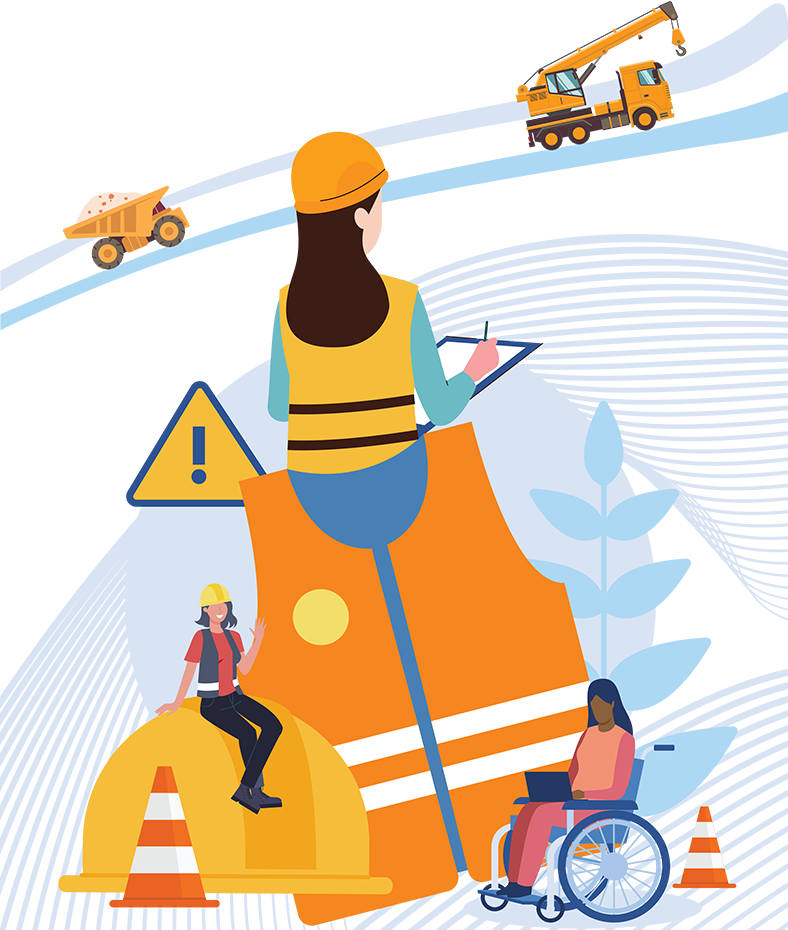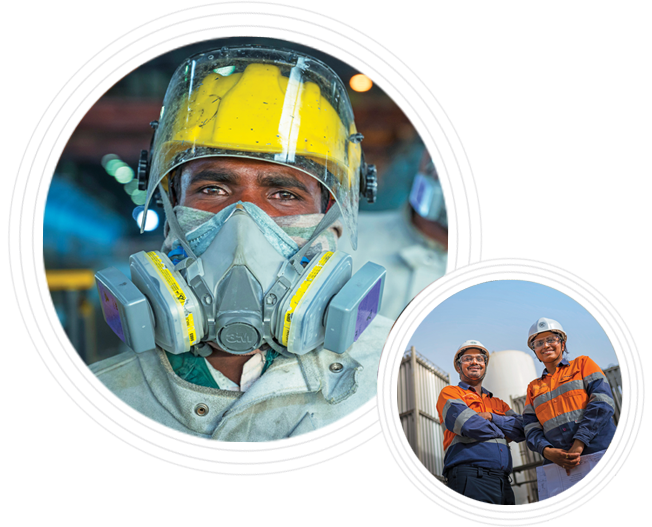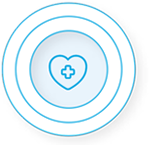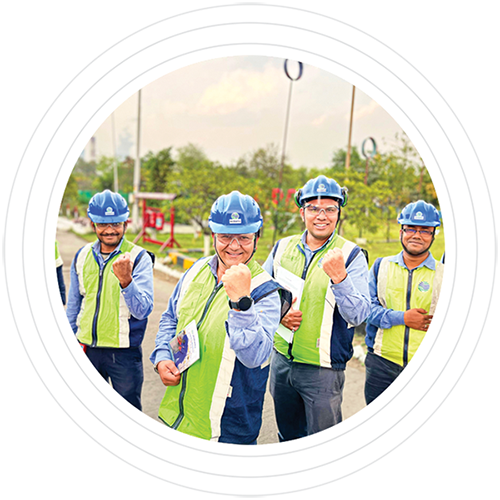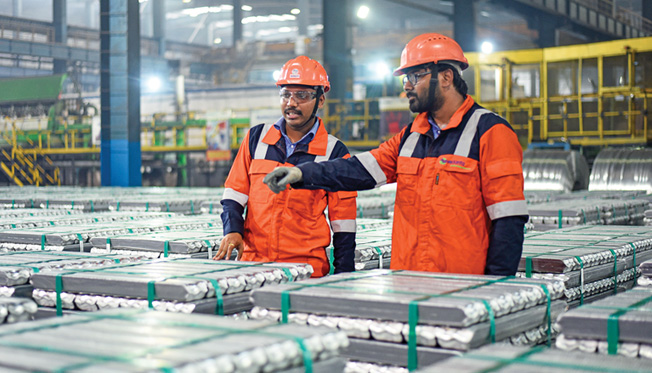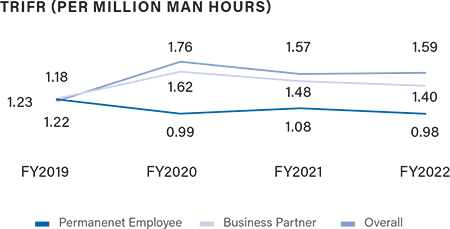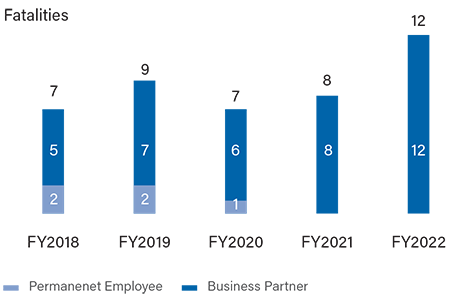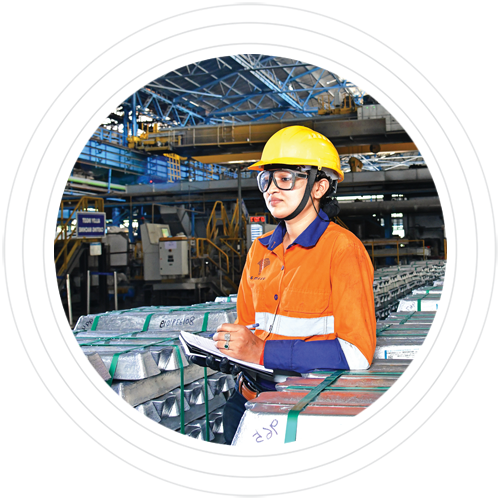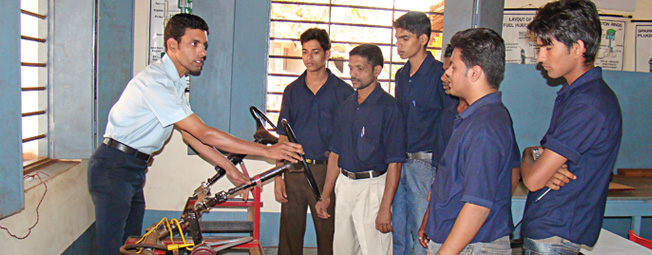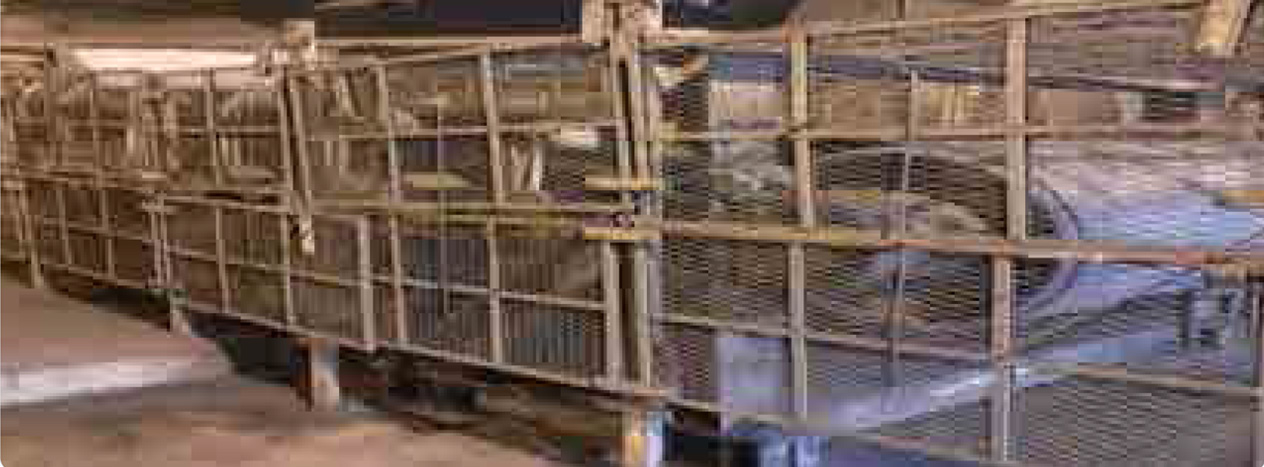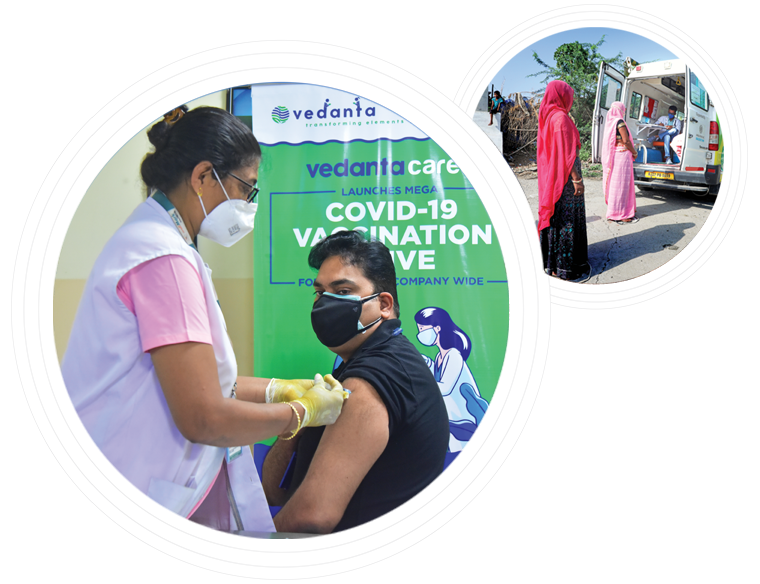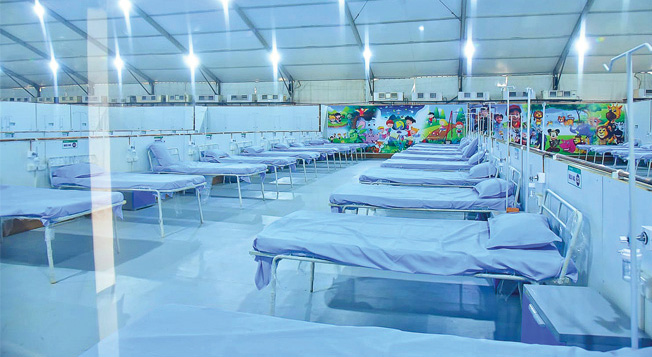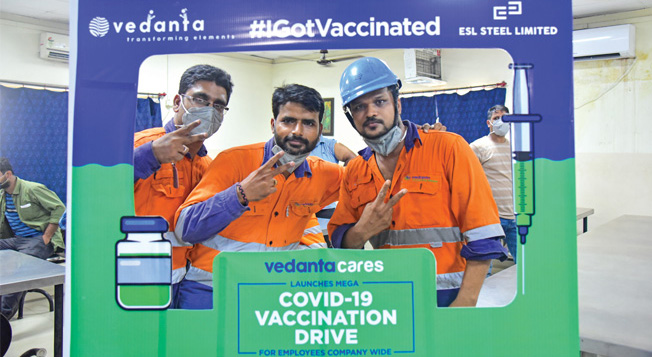
PROGRAMMES TO IMPROVE SAFETY
PERFORMANCE
Cross Business Audit Programme
This programme has been launched across the
organisation for improving the horizontal deployment of
learnings while promoting an exchange of best practices.
The British Safety Council has trained around 25 auditors
from Vedanta sites, and the audit methodology and detailed
check sheets have been prepared taking into consideration
critical risks identified at the BU level.
A team of cross-functional subject matter experts has
started auditing all units. They have been verifying ground-
level implementation of all our safety standards, promoting
cross-unit learnings and sharing best practices of specific
units across the Group. Eight sites including CAIRN-MPT,
CARIN-RGT, TSPL, VAL-J, BALCO, VAL-L, VGCB and IOK
have already been audited in FY2022. The audit reports
have been shared with the respective teams, and their
time-bound action plans have been received. These plans
will be reviewed every month to gauge the status of their
implementation. We are expecting to process the auditing
of most of our sites in FY2023.
Safety Community of Practice
We also have a Safety Community of Practice forum,
which emphasises on focused implementation of key
safety projects/initiatives. It also facilitates sharing and
learning from internal and external best practices and
discussing and providing practical solutions to ground-
level challenges.
SMRITI
SMRITI initiative has been taken up by CEOs to revisit the
learnings of incidents on the day of the Fatality Anniversary
and ensuring on-ground implementation of these learnings.
Safety culture development through DuPont
We have collaborated with DuPont for the transformation of
the safety culture at our BUs. DuPont has recently engaged
with Aluminium & Power businesses, ESL and Cairn for
improving their onsite line function responsibility, people
engagement, contractor safety management through
various capacity building programmes and behaviour-
based safety improvements.
Safety investigation by the incident cause
analysis (ICAM) method
We have deployed ICAM to improve the quality of
investigations across the organisation. ICAM-led training
and technology is an advanced investigation process
that focuses on finding the underlying factors behind a
particular accident. This holistic approach helps identify
weaknesses in the system and their resolutions, thus
preventing accidents in the near future. We have developed
multiple ICAM leaders across our sites this year through
extensive training.
Digital in safety
We have started several digital initiatives to improve
control of the Safety and Management system. We have
also launched digital safety e-learning modules across our
BUs to promote better understanding of safety standards
among our employees.
Camera-based surveillance through Detect technology
helps us track safety violations on the ground. We are
steadily deploying smart cameras across the Group after
conducting a successful pilot study at HZL-Chanderiya.
These comprehensive surveillance systems help us monitor
and report unsafe acts and conditions round-the-clock.
We have also on-boarded Enablon for a seamless
implementation of our safety standards. Enablon is a
leading integrated software solutions company, which will
help us in managing our safety performance, minimising
risks and improving our data-based decisions, thus
ensuring transparent reporting.
Data based decision-making
Based on the data of the past 10 years, we have also
formulated a measurable and discreet matrix of fatality
recommendations related to infrastructure development
and engineering controls. Sites will have to comply with this
through a time-bound action plan. Third-party verification
will be carried out once 100% compliance is reached.


